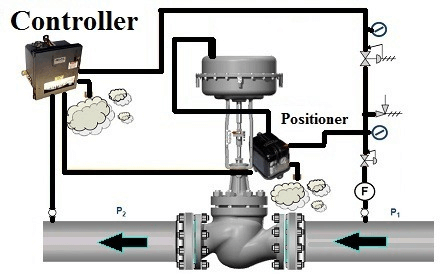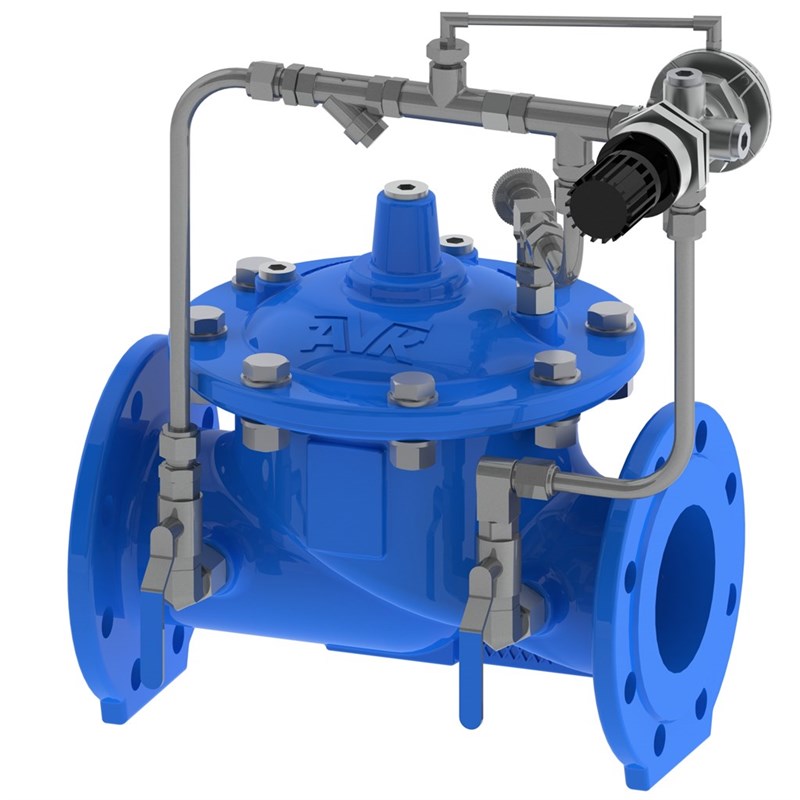Optimizing System Control with High-Performance Control Valves
Optimizing System Control with High-Performance Control Valves
Blog Article

Maximize Power Savings and Convenience With Advanced Building Automation Controls
In the world of contemporary architecture and facility administration, the assimilation of sophisticated building automation manages stands as a crucial improvement. By using the power of automation, structures can adjust, react, and evolve in methods that were when unimaginable.
Power Efficiency Advantages
Power performance advantages can substantially minimize energy consumption and functional costs in buildings. Energy-efficient systems, such as advanced structure automation controls, can maximize the use of resources like air conditioning, lights, and heating, leading to lower energy expenditures over time.
Additionally, improved power performance can lengthen the life expectancy of building devices and systems. By operating more efficiently, heating and cooling systems, light, and various other building components experience less damage, causing reduced maintenance and replacement costs. Additionally, energy-efficient structures usually command greater property values and rental rates, offering long-term economic advantages to owners.
Moreover, energy performance can enhance owner comfort and efficiency. Correctly controlled interior environments with optimal lights and thermal conditions produce an even more enjoyable and conducive office, bring about improved worker contentment and performance. Generally, the power efficiency benefits associated with sophisticated structure automation controls are multifaceted, encompassing expense financial savings, environmental stewardship, and resident wellness.
Improved Convenience Control
Enhancing convenience control in structure settings needs an innovative combination of advanced automation systems for optimal resident well-being. By making use of sophisticated building automation controls, centers can customize the indoor setting to fulfill the particular needs and choices of owners. control valves.
Boosted comfort control surpasses standard temperature adjustments. It consists of functions such as customized setups, occupancy sensors, and natural light usage to create a receptive and vibrant environment. By incorporating these sophisticated controls, buildings can not just boost comfort yet likewise boost energy efficiency by maximizing system operations based upon real occupancy and usage patterns. Inevitably, prioritizing passenger comfort with innovative automation systems brings about a much more delightful and healthier indoor setting.
Functional Efficiency Improvements

In addition, the implementation of real-time tracking and analytics devices enables building operators to recognize power ineffectiveness and functional abnormalities he said promptly. By constantly keeping track of energy use patterns and system efficiency metrics, adjustments can be made in real-time to maximize power consumption and guarantee peak functional performance. control valves. Furthermore, incorporating demand reaction methods right into structure automation controls can additionally improve operational performance by dynamically readjusting power usage based on grid conditions and prices signals
Indoor Environment Optimization
Reliable interior environment optimization is a fundamental aspect of building automation controls, making sure owners' comfort and health while making best use of energy savings. By utilizing innovative sensors and controls, constructing automation systems can continually check and readjust temperature, humidity levels, air quality, and air flow to develop an ideal indoor environment. Maintaining comfy and constant conditions not only enhances occupant complete satisfaction but also enhances productivity and overall well-being.
Indoor environment optimization likewise plays a crucial duty in power effectiveness. By fine-tuning air conditioning, air flow, and heating systems based upon real-time information and occupancy patterns, building automation controls can significantly lower energy consumption - control valves. For circumstances, carrying out methods such as demand-controlled ventilation and thermal zoning can aid lessen energy waste while making certain that each area of the building obtains the essential conditioning.

Sustainable Atmosphere Development
Building automation manages not only maximize interior environment problems for power effectiveness and occupant convenience yet additionally lay the foundation for producing a lasting environment through strategic management of systems and sources. great post to read By incorporating sophisticated structure automation innovations, such as sensing units, actuators, and intelligent software application, centers can change and monitor energy usage in real-time to lessen waste and reduce their carbon impact. These systems make it possible for predictive upkeep, determining possible issues before they intensify and enhancing devices performance to enhance long life and effectiveness.
Furthermore, lasting setting production prolongs beyond energy administration to encompass water conservation, waste reduction, and indoor air top quality enhancement. Building automation controls can manage water usage, detect leakages, and make certain correct waste disposal methods, adding to general sustainability efforts. In addition, by checking and managing air flow and purification systems, these innovations improve owner wellness and efficiency while decreasing power intake connected with heating and cooling procedures.
Final Thought
To conclude, advanced building automation regulates offer substantial advantages in terms of energy cost savings, comfort control, functional effectiveness, interior environment optimization, and developing a lasting setting. By carrying out these controls, buildings can achieve optimum efficiency while minimizing power usage and boosting owner convenience. It appears that using innovative automation technology is essential in boosting building efficiency and developing a much more lasting future.
Power efficiency advantages can considerably minimize power intake and functional costs in structures. Overall, the power efficiency advantages linked with innovative building automation controls are multifaceted, including price savings, More hints ecological stewardship, and passenger wellness.
In addition, incorporating need action methods into building automation controls can further boost functional effectiveness by dynamically changing power usage based on grid conditions and pricing signals.
Structure automation controls not only enhance interior environment problems for energy efficiency and occupant convenience however also lay the foundation for producing a sustainable setting via critical monitoring of systems and resources.In final thought, advanced building automation manages deal significant advantages in terms of energy cost savings, comfort control, functional efficiency, interior climate optimization, and developing a lasting environment.
Report this page